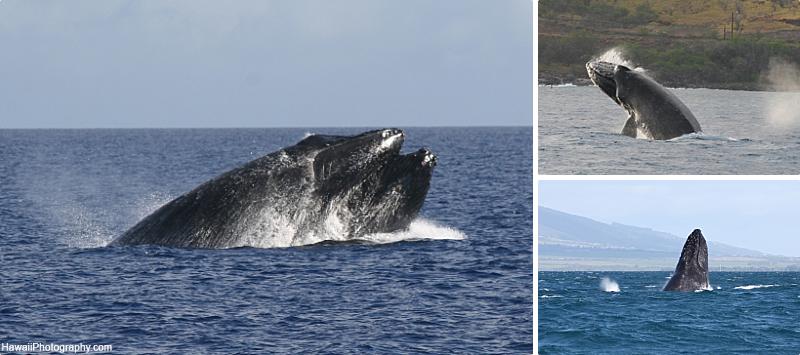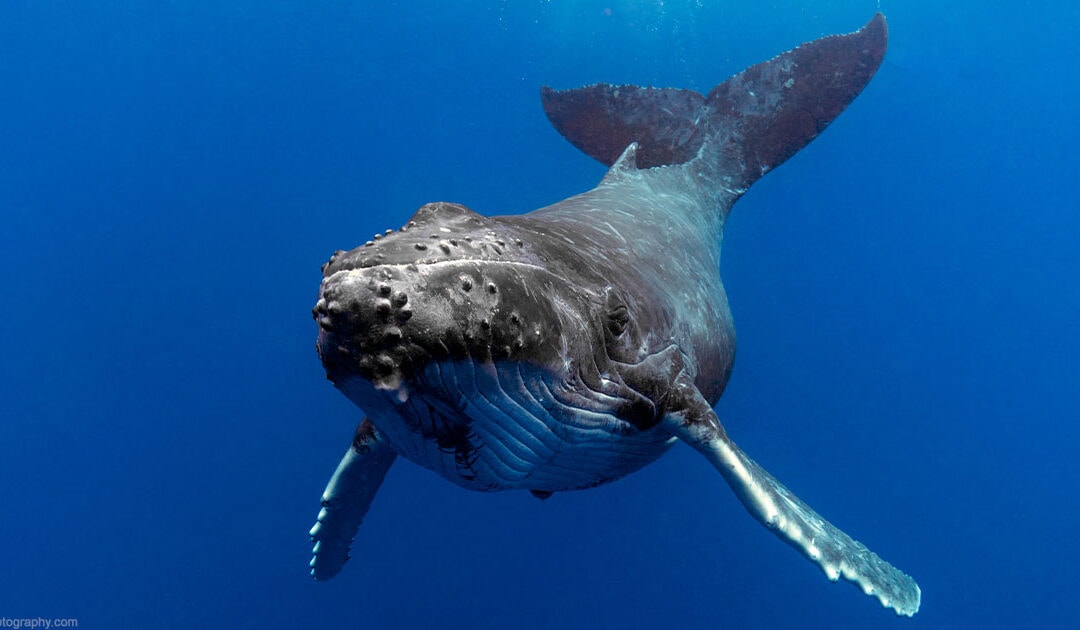Hawaii Marine Sanctuary
During the winter months, Hawaii waters are important breeding, calving, and nursing grounds for the North Pacific population of endangered humpback whales. After being hunted to near extinction, humpbacks were offered international protection in 1965 and were listed as an endangered species in the early 1970s. In 1992, the US Congress designated the waters off Maui County and other important Hawaiian waters as part of the Hawaiian Islands Humpback Whale National Marine Sanctuary to protect the humpback whales and their habitat within the Hawaiian Islands. The Sanctuary is part of the National Marine Sanctuary Program, which serves as a trustee for a network of marine protected areas. Enjoy the following fun facts about some of the typical humpback whale behavior observed in Hawaii.
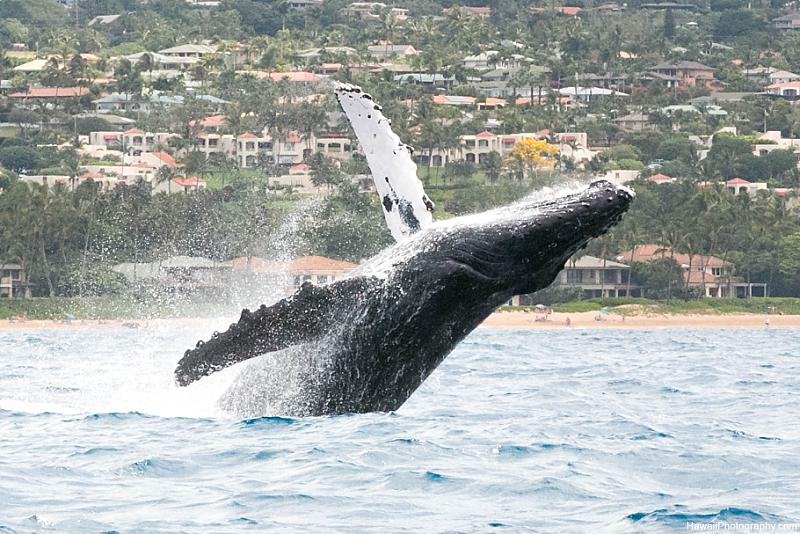
Breach
With just a few strokes of their flukes, humpback whales can propel their 40-ton, 45-foot bodies into the air, twisting to land on their side or back. This is the most popular humpback whale behavior to capture on camera.

Pectoral Slap
Humpbacks frequently roll onto their sides, raise their pectoral fins, and forcefully slap them against the water. Sometimes they will roll onto their backs and slap both fins on the water.
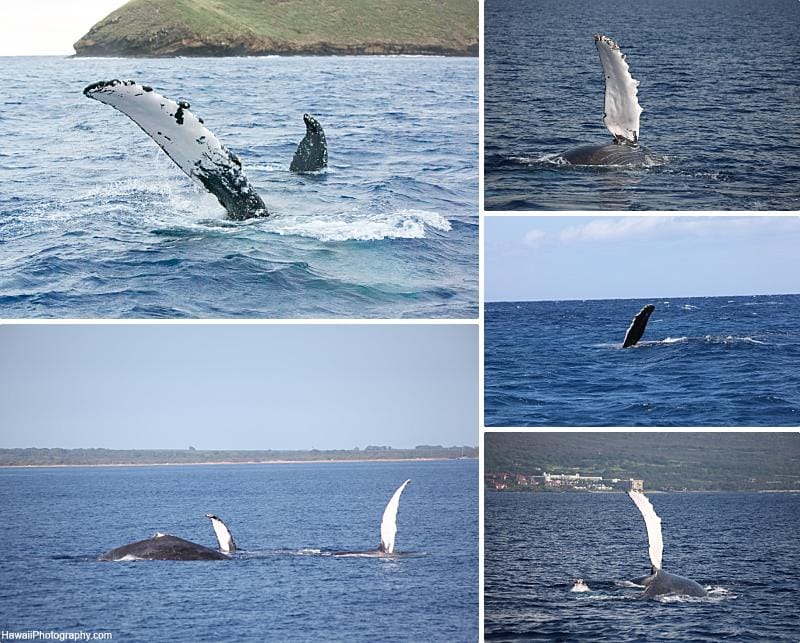
Tail Slap
A powerful action, tail slaps are created by a humpback lifting its flukes clear out of the water and forcefully slapping them on the surface with a great resounding “Crack.”
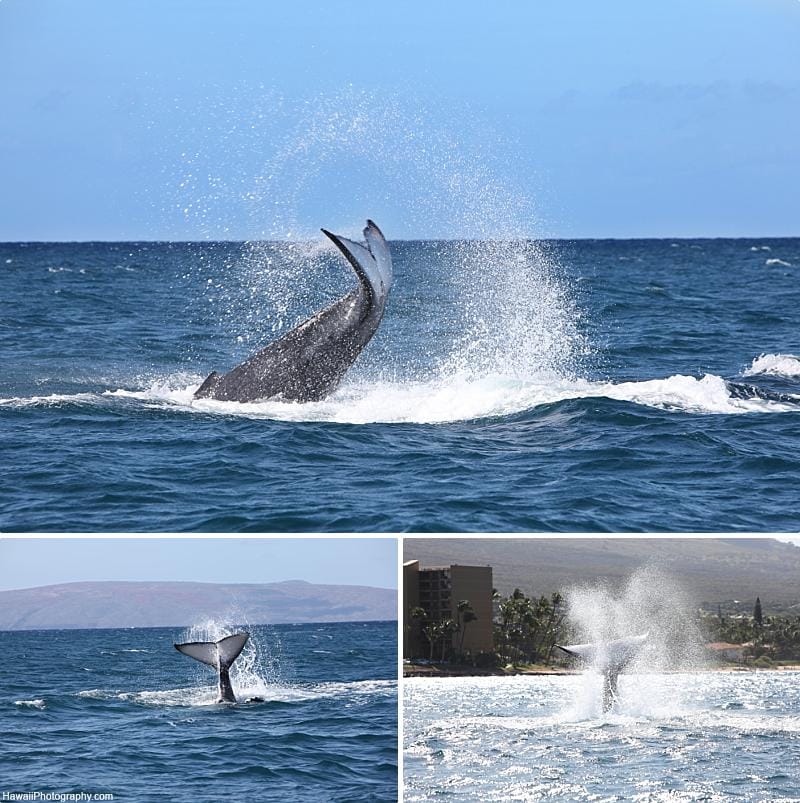
Spy Hopping
At times, humpbacks will rise vertically with a large portion of their head out of the water. They may turn in a full circle in this position. We think they do this to get a lay of the landscape above water.
